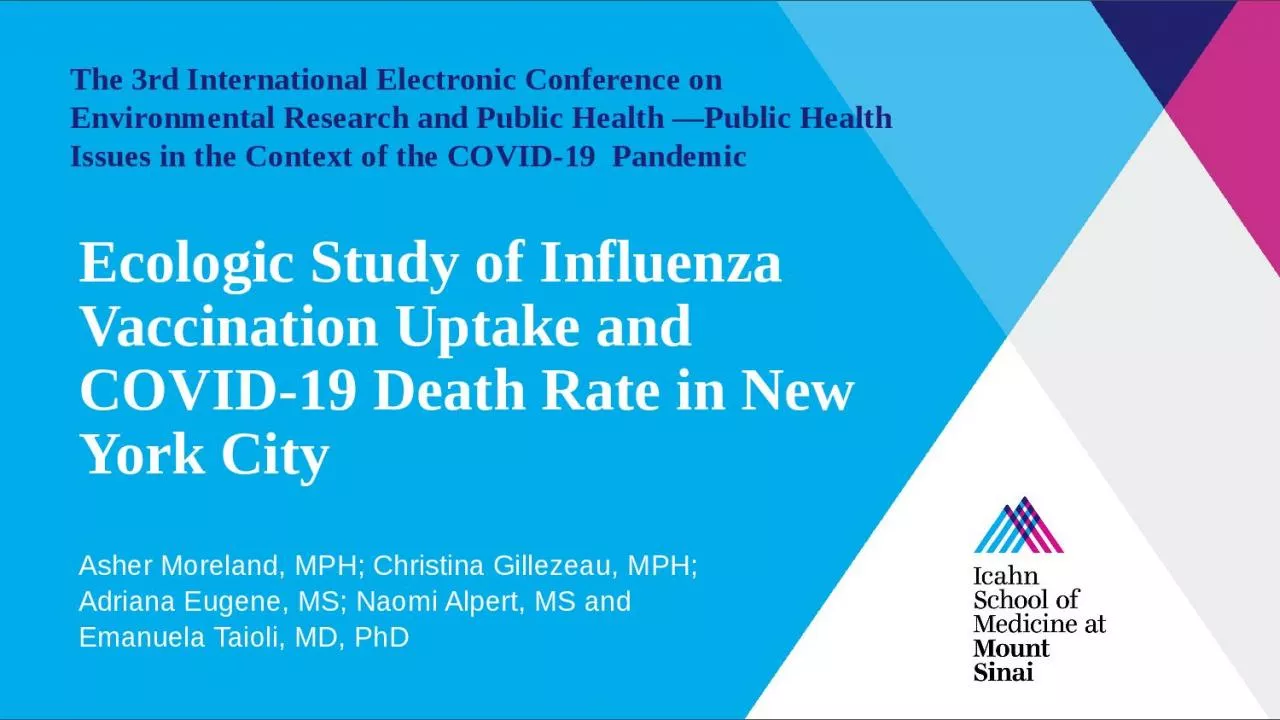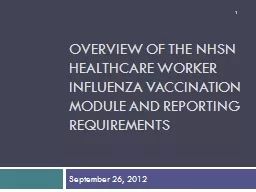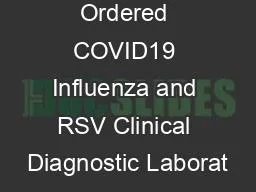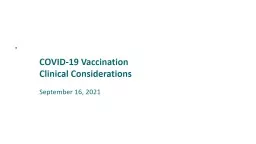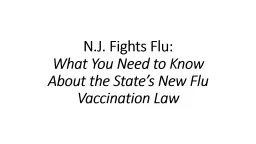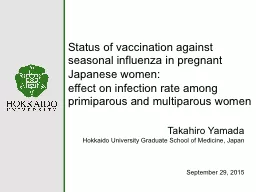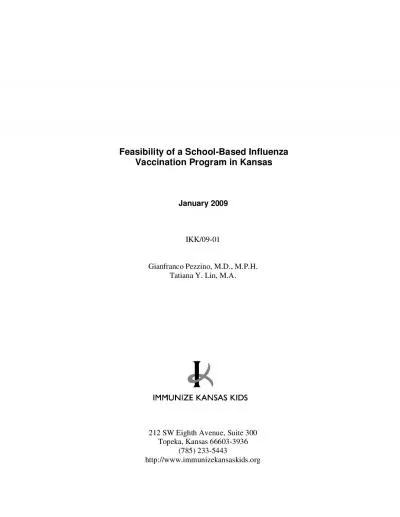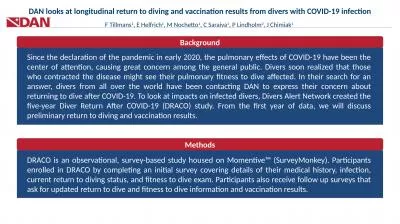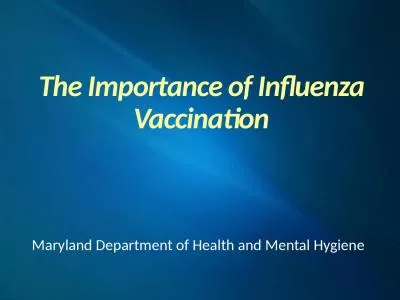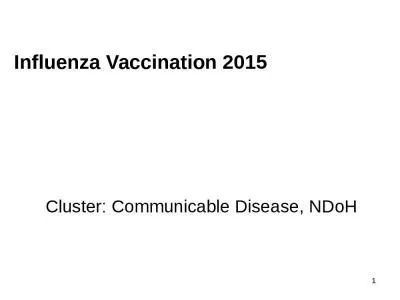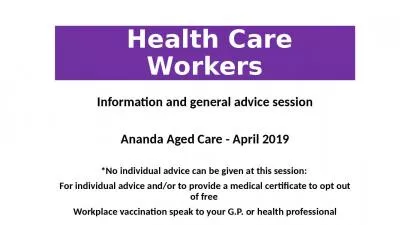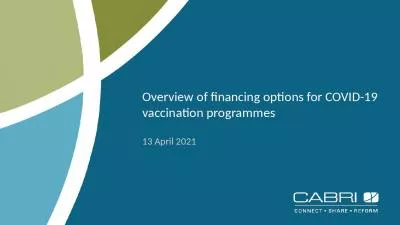PPT-Ecologic Study of Influenza Vaccination Uptake and COVID-19 Death Rate in New York City
Author : heavin | Published Date : 2024-01-29
Asher Moreland MPH Christina Gillezeau MPH Adriana Eugene MS Naomi Alpert MS and Emanuela Taioli MD PhD The 3rd International Electronic Conference on Environmental
Presentation Embed Code
Download Presentation
Download Presentation The PPT/PDF document "Ecologic Study of Influenza Vaccination ..." is the property of its rightful owner. Permission is granted to download and print the materials on this website for personal, non-commercial use only, and to display it on your personal computer provided you do not modify the materials and that you retain all copyright notices contained in the materials. By downloading content from our website, you accept the terms of this agreement.
Ecologic Study of Influenza Vaccination Uptake and COVID-19 Death Rate in New York City: Transcript
Download Rules Of Document
"Ecologic Study of Influenza Vaccination Uptake and COVID-19 Death Rate in New York City"The content belongs to its owner. You may download and print it for personal use, without modification, and keep all copyright notices. By downloading, you agree to these terms.
Related Documents

